Today we set the scene for the next assignment, for which the theme is “Reflections”. Reflections are found almost everywhere in one form or another, so this should not be difficult to enter, but maybe difficult to win, due to the almost endless possibilities! Of course, I have some examples to show you from my Gallery, both recent, and not so recent, but I’ll also be out shooting with this topic in mind myself in the coming weeks, and would like to remind you that your entries too must be shot no earlier than Sept 11, 2006. The idea is to give us something to visualise and plan, then get out shooting, rather than searching through our pile of stock images and selecting something that fits the bill.
Also listen out at the end of today’s Podcast for an announcement from John Arnold, the guy behind the PhotoWalkthrough Podcast, about a competition that John is just starting, in which you can win a Spyder2 PRO from ColorVision to calibrate your monitor with.
Reflections are all around us, and can make be quite effective in photos to draw the viewer into the image to a much greater extent than an image of the same subject without the reflection might. I know that when I myself see a photo that has a reflection, my eye tends to go to the reflection either before, or very quickly after the object that is being reflected, once I realise that a reflection is included. I don’t know why this is, but I find myself pouring over the reflection, often to a much greater extent than the original subject. Maybe I’m looking for imperfections in the reflection, due to say the surface of water in which it is reflected, if indeed that is the case, or maybe I’m just intrigued by the fact that everything is either upside down or mirrored left to right for example. On searching through my gallery for images of reflections, I came up with a few that I’d like to introduce today, just to give you an idea of what I’ve done so far.
First, let’s take a look at image number 612. Remember that there are various ways to view the images I discuss. If you are using iTunes or on an iPod the image will already be displayed as this is an enhanced Podcast. Likewise, if you are using the streaming player from my Web site, the images will be changed automatically, and from both iTunes and the streaming player, you can click the image to jump to my Web site to view shooting data etc. below the image, or leave comments etc. The number that I give with each image can also be entered into a small field on the top page or the Podcasts page on martinbaileyphotography.com to jump straight to the image, but if you are following on my Web site, it’s easiest to just go to the Podcasts page and search out the episode you’re listening to in the table, and click on the thumbnail in the list. Also remember that there’s a lite version of the Podcast page if you are following on a Pocket PC or other small form factor device, which downloads much smaller. The address for this page is at the top of the Podcasts page. Remember there’s also an MP3 version of the Podcast and the address for that feed is at the top of the Podcasts page too.
Anyway, back to image number 612, which I shot about a year and a half ago in the Shinjuku Gyoen Park here in Tokyo. As I strolled through the park with my better half and my camera gear strapped about my person, as usual, I noticed this scene through the trees that lined the footpath and found a place that allowed me to compose the shot with my 17-85mm EF-S lens on my old 20D, without including any of the trees from between which I’d just spotted the scene. As you can see the water was very still, allowing the colourful spring colours of the trees to reflect in the water with very little distortion, but the thing I really like here is the mangled branches of the two tree, one to the left, and one on the right third. The colours are nice and the shot wouldn’t be the same without them, but I feel the graphic element of these bear branches add so much more to the shot. I guess this is something to look out for while shooting for this assignment. Just a reflection might not have that much interest, unless there are interesting elements in the shot to begin with. I might be wrong, and by all means do prove me wrong if you can come up with something very simple in composure, but very effective, but on looking at my own reflection images, I found that I was drawn more towards this kind of image. I shot this image at F11 for 1/125th of a second at ISO 200. I shot hand held as I was really just out for a walk with the missus and was trying to be as quick as possible, but I probably didn’t need to use ISO 200 here. With Image Stabilizer turned on, at 26mm focal length I could have easily shot this at ISO 100 for 1/60th of a second, and don’t really know why I didn’t. I guess I was just rushing a little.
In the next image, number 509, we can see the iconic Kinkakuji or the Golden Pagoda Temple in Kyoto. This is not really a great favourite of mine, but I thought I’d include it to continue on the point of including something of interest. This is a pretty standard shot of this subject though. As you round the corner on the path approaching this temple there’s a spot by the edge of the pond to stand without the trees in the way to get this kind of shot. I was using a 10-22mm EF-S lens now, again on my 20D, and was being buffeted by the hordes of tourists trying to shoot the same scene, but with Aunt Mary and Uncle George standing in front of it, next to me, creating the “us at the Kinkakuji temple shot for the Japan 2005 family album. Great fun I guess, but I’ve never really been one for shooting “proof that we were there” shots myself. I shot this at F6.3 for 1/80th of a second at ISO 100. I chose a wide focal length of just 18mm, which is almost 29mm if we calculate in the crop factor, basically because I wanted to include a fair amount of the scene and it’s reflection, and also because the sky is relatively nice too, with some fluffy clouds breaking up the somewhat pale blue.
In contrast to the last two images shot in daylight with nice bright reflections, let’s take a look at image number 895, from my February 2006 visit to Hokkaido. Here we can see a number of boats in the Rausu Harbour, at shortly before 5:30AM, before we went out on a boat to shoot the Eagles that we looked at in Episode 27 of this Podcast. I took the opportunity to have a walk to the waters edge while the tour organizer spoke with the skipper of the boat to see if we would be going out. The waters can be quite changeable and certainly dangerous, especially at this time of year, so we never know for sure that we’ll put out, until shortly before we actually do. I shot this with my 100-400mm lens at 120mm to close in a little on the boats, but still remained at a wide enough angle to capture not only the reflections, which I found to be the interesting part, but also plenty of the foreground with the icy patches spread across the surface of the water. I set the ISO to 800 and a wide aperture of F5 for obvious reasons, and I also used minus 1 and 2/3s exposure compensation, to ensure that the scene was recorded dark, and not made too bright as the camera would have made it in an attempt to create an averagely lit image. This gave me an exposure time of 1/80th of a second, which is around two stops under the recommended shutter speed for this focal length, so I was relying on the lenses image stabilizer to keep the capture steady. I recall shooting another composition, a portrait rather than landscape shot, with the green boat in the center here, on the left of and the white boat with the row of 6 lights to the right of the image and the reflection of the lights running down the length of the shot filling the frame. If I recall correctly though, it didn’t work as well as this. I think this image is successful because of the number of reflections being repeated horizontally across the frame.
Next let’s take yet another look at image number 1079. I’ve showed you this image a couple of times already recently, so I apologize for keep thrusting it upon you, but for the reflections assignment I thought it important to mention once more about either using a gradual neutral density filter, or shoot two images using a tripod to keep them perfectly registered, making sure that one image is exposed for the highlights, and the other is exposed for the shadows. We need to do this as in some situations there will simply not be enough dynamic range in your image, or latitude if you are using film, to capture detail in both shadows and highlights at the same time. Here I used a mask in Photoshop to merge the sky from one exposure and the pond and mountains of a second exposure to make this image. Of course they had to be shot in very quick succession otherwise the clouds would move making it difficult to merge, especially around where the volcanic steam meets the sky here. As I mentioned previously, there is one and two thirds of a stop difference between the sky and the foreground pond and mountains. You may need to bear this in mind if you also shoot a scene where the reflection is much darker than the original element. Basically here I shot at F16 for 1/400th of a second, which is -2 and two thirds of a stop, for the sky, and the mountains and pond where minus one stop, as I based the exposure on the sky. I was using ISO 100.
We can see another quick example in the next shot, image number 243, in which we can see a Great White Egret stalking its prey. This is a pretty old shot too, made at the end of January 2004, again the Shinjuku Gyoen Park here in Tokyo. This particular image, shot with my 100-400mm lens at F5 for 1/250th of a second, ISO 400, leaves a little to be desired by my present standards, but still I quite like the detail in the birds plumage and love the reflection of the bird, almost as though it’s looking down at itself in the surface of the water. I cropped this to an almost square image as the edges really added nothing to the image and help us to focus on the main subject and its reflection.
Until now, all of the reflections have pretty much filled the screen, but let’s take a look at image number 831, of a lone swan being hit by a splash of light at the edge of a pond, late one winter afternoon. I had switched to Manual mode, as needless to say, the swan would have been totally blown out, and the background not dark, but a well exposed mid-tone had I not, and the result is that the swan is perfectly exposed. We can see detail in it’s back and neck, and what’s more, we see a beautiful reflection in the water running towards the foreground. If you have your monitor calibrated, you should be able to see the reflection of the swans body and neck, stretching out almost twice the length of the swan’s neck itself. This was shot with my 600mm F4 at F8 for 1/800th of a second at ISO 200. There is a small amount of detail left in the top right corner as well, as the sun catches just a part of the a trees branches, but apart from that the whole shot falls into darkness, allowing us to concentrate on this small but beautiful swan and its reflection.
Shot at the same pond but two months earlier in December 2005, I captured image number 800. Here all I’m showing reflecting is the sun itself. I noticed this group of ducks sitting on the edge of a patch of ice, waiting for the sun to warm them before they start to get really active for the day, so I lined them up along the very top edge of the image, to add an additional element, but basically what I was working from here was this myriad of little sparkling reflections of the sun. This in itself would not be enough for a pleasing image, so the time of day and the line of ducks on the ice all helped to pull this together. I closed the aperture down just a little here to F11 to get a fair amount of the sparkles in focus, but I basically focussed on the ducks, to ensure we could make out their forms without problems, and allowed the sparkles to go gradually out of focus towards the foreground of the image. The whole scene though was maybe 50 to 70 meters, that 160 to 230 feet away from me, on the far side of the Kotoku pond, so I was getting a relatively large amount of depth-of-field with F11, although the focal length of 600mm does keep it quite shallow, even at this distance.
Another option is to get to your location early enough, or late enough, to capture the sun’s disk in the scene as well as it’s reflection as I did in image number 547. This was shot close to where my brother lives in England, with my 100-400mm lens at full extent, which on my 20D equates to 640mm full size. I was using ISO 100 at F5.6, basically wide open for this lens at 400mm, and the shutter speed was 1/160th of a second. I usually try to avoid adding man-made structures to my images, but with the sun going down right beside this huge pylon on the horizon, I decided to capitalize on it. I saw the duck swimming across the scene and waited for it to just break the edge of the reflection of the huge sun’s disk, but before it went behind the overhanging trees branches. With the sun being so low in the sky at this point the disk itself is starting to elongate slightly, and it also throws a very long reflection in the surface of the water. With lots of vertical element in the shot, I chose to shoot this vertically too, so we not only get the entire reflection of the sun filling the frame, but also the dark reflection of the pylon in contrast of the bright sun.
Finally today, let’s take a look at one last image, going even further back in time to October 2003, when I used my old 10D with a 17-35mm F2.8 lens, to capture image number 190 from the deck of a ferry as I approached the island of Sado which we can see towards to bottom of the shot. This time, the reflection is really not of an object, but rather more abstractly, just the reflection of that fiery sky. This was shot at F6.3 for 1/50th of a second, at ISO 100. I had the lens opened up to the full 17mm, used minus two thirds of exposure compensation to keep the dark areas dark and the sky saturated. I’ve told this story before, but basically I was crossing to the Island with my better ‘alf and some friends and kept dragging myself away from the sunset that I had been shooting, but kept saying to myself that it was going to get any better and going back inside. I’d done this maybe three times and was sure that the last time I went in to be social, would be the last time, as the sun had just dropped down below the horizon. As I sat down, the sky I looked out at from the back of the ferry, which was actually the opposite side of the sky to this scene just seemed to burst into colour, almost as fiery a red as the scene itself. I turned and looked at my company, with only one cheek on the plastic bench I been sitting on for about 10 seconds, and looked at my missus and friends with a bit of a puppy dog wanting a bone look. Although they were surely already frustrated by my total lack of social graces, they all flicked their heads toward the entrance telling me to go get the shot. And boy am I glad they did. I couldn’t believe my eyes when I went back out on deck and saw the sky now totally aflame. I haven’t checked, but if I recall correctly I shot around a hundred shots of this sunset as it developed and this was one of the last few. Had I known it was going to turn out like this, I could have saved my social dignity and stayed with my friends until the last five minutes of the sunset. Still, I guess I can’t be a serious budding photographer and have friends too, right. Well, maybe I can. Come to think of it, I have been travelling with these friends since this trip. Hmmm…
By the way, this assignments theme was suggested a few months ago in the forum by FireBall, real name Julian Foley, from Angus, Scotland. Thanks for the suggestion Julian, and I hope you have fun with the assignment. And I hope there’s still enough sunny days left up there in Scotland to make this possible.
The Assignment will run from today, Sept 11th, until around October 23rd. That’s six weeks to come up with your entry. Remember it has to be an original image, your own work, shot before these dates. You can use Photoshop for post-processing with some restrictions. Go to the Assignment Forum on martinbaileyphotography.com for full details of the guidelines, and I’ll also put a link to the guidelines post in the show notes. The prize for first place is an original print of any print of your choice from my online gallery. Remember though, that I am putting all scores for each member into a hat, and will be accumulating the votes for one grand prize at the end of the first year of the assignments, so even if you don’t take first prize ever, if you get a steady stream of votes, you will be in with a chance of picking up the grand prize. As of now, I still hooked up with a sponsor to give us something great that you’ll want much more than one of my prints, but I am going to start looking very soon, and will update you on what the prize will be as soon as I know myself.
Have fun with the assignment, and stay tuned for the announcement of another competition from one of my fellow Photocast Network Podcasters at photocastnetwork.com, John Arnold of the PhotoWalkthrough Podcast, coming up in just a moment. Have a great week. Bye bye.
Show Notes
The music in this episode was Reflections by Dreamweaver, provided by Music Alley: www.musicalley.com/
Subscribe in iTunes for Enhanced Podcasts delivered automatically to your computer.
Download this Podcast in MP3 format (Audio Only).
Download this Podcast in Enhanced Podcast M4A format. This requires Apple iTunes or Quicktime to view/listen.


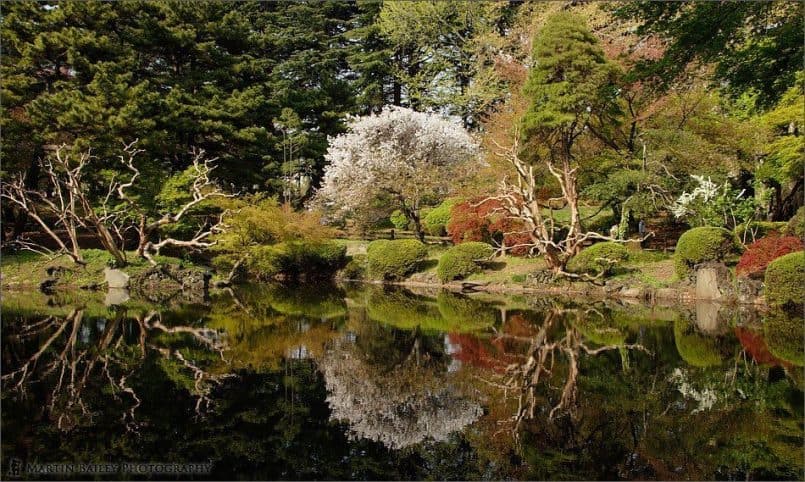
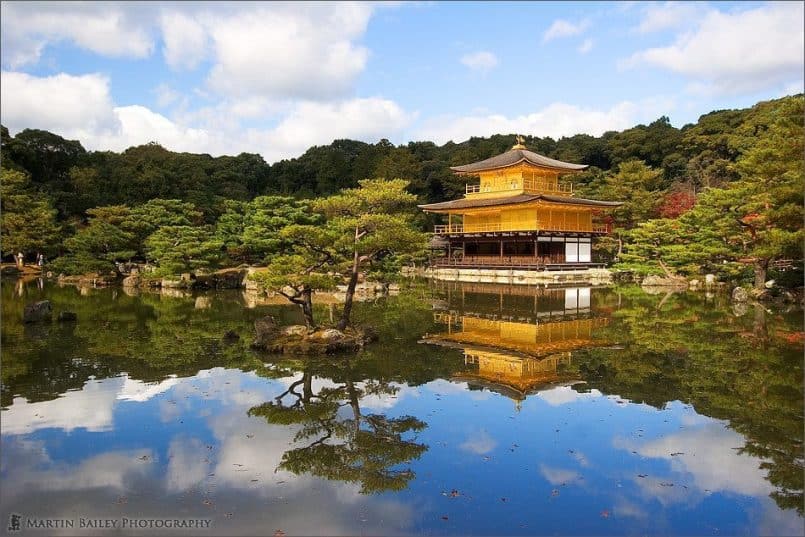


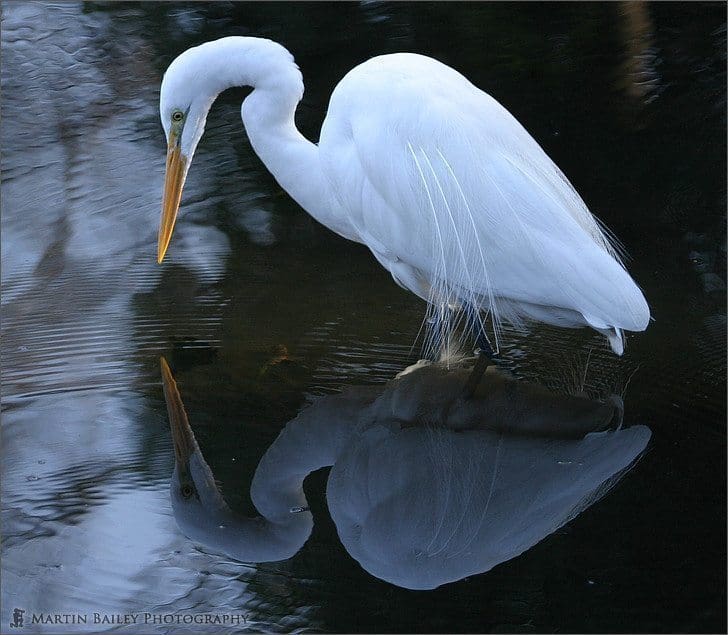
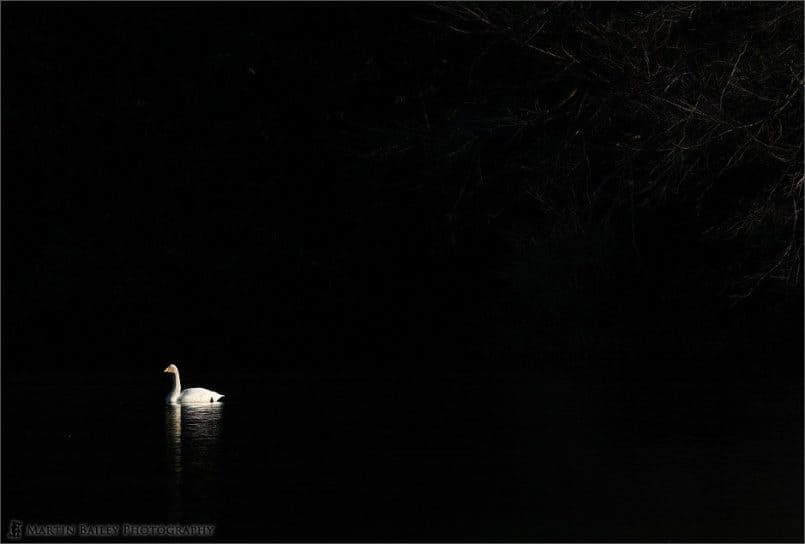
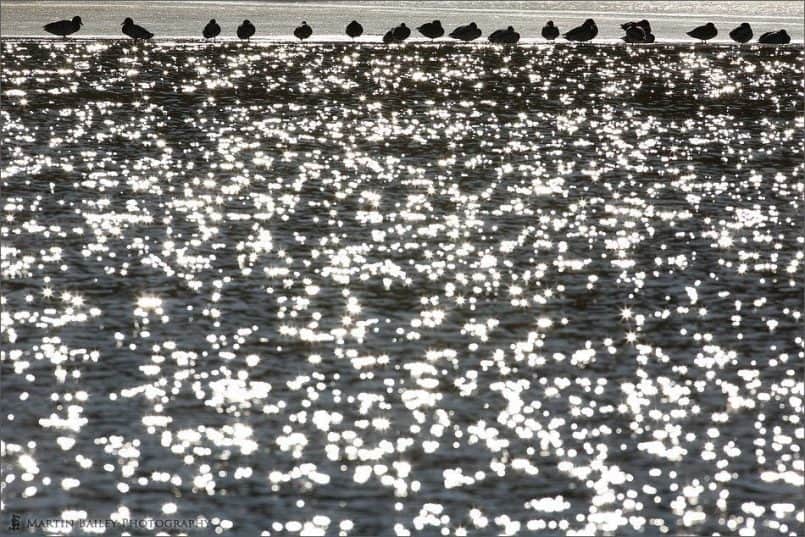

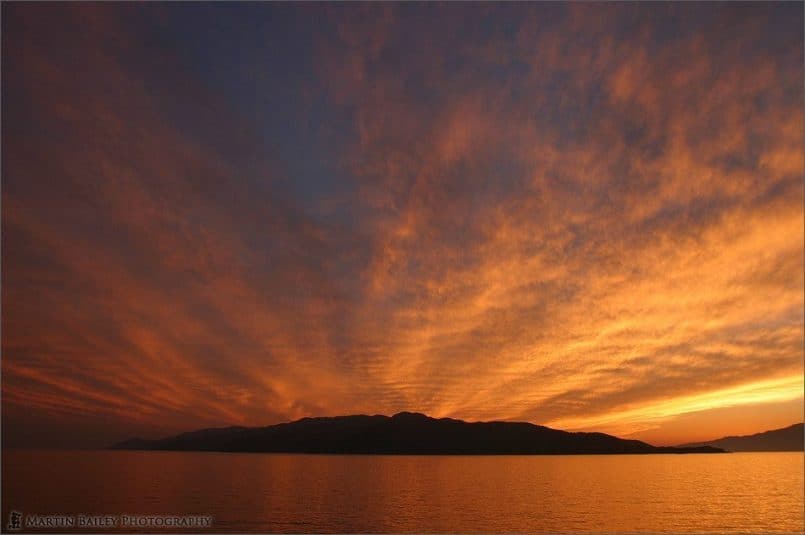

0 Comments